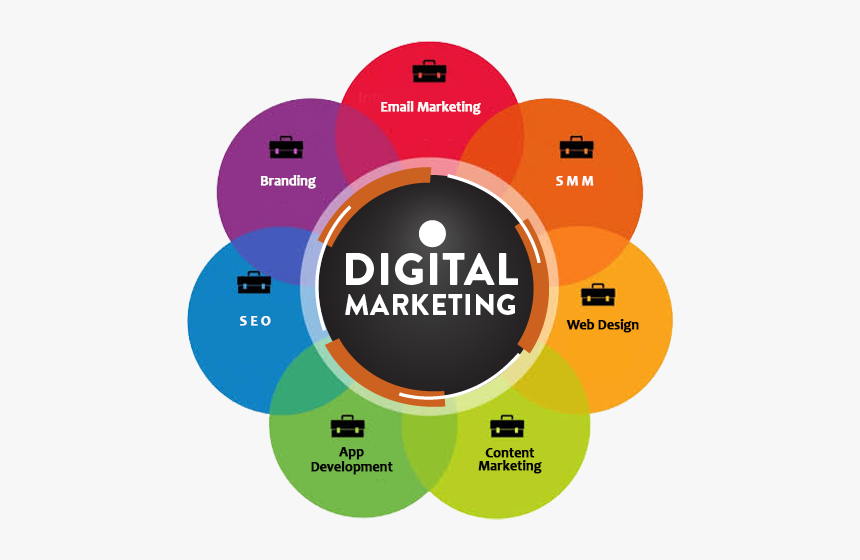Online trading platforms have come a long way from their origins, transforming the way individuals and institutions invest, manage, and grow their wealth. With constant advancements in technology and changes in user expectations, these platforms have evolved to cater to a wider audience and a more diverse set of financial needs. This blog examines the dynamic growth of online trading platforms and their significant milestones during the rise of the digital era.
The Beginnings of Online Trading
The history of online trading platforms dates back to the early 1990s when financial technology began to disrupt traditional trading practices. Back then, accessing markets required a broker, creating significant time and cost barriers for investors. The introduction of the first electronic trading systems opened new possibilities, allowing investors to exchange assets without the need for constant human intervention.
Initial platforms offered basic features, serving as a bridge between traders and brokers. Though limited in scope, these systems were a game-changer, bringing accessibility and transparency to financial markets.
Real-Time Capabilities and Improving Access
Fast forward to the mid-2000s, and online trading platforms began to integrate real-time capabilities. The availability of live data revolutionized decision-making for traders. Instant updates allowed users to make informed choices without waiting for delayed reports.
Another major improvement was the design and accessibility of platforms. Financial tools became increasingly user-friendly, providing individual investors—often referred to as “retail traders”—with interfaces that simplified trading and analytics. This democratization of trading allowed more people to participate, irrespective of geographical barriers.
The Rise of Advanced Features
With the advent of high-speed internet and smartphones, trading platforms flourished in sophistication during the 2010s. Features like:
• Algorithmic Trading
Automated trading algorithms gained popularity, enabling trades based on pre-set criteria at lightning-fast speeds.
• Diversification of Assets
Platforms began to include multiple asset types, such as cryptocurrencies, forex, and commodities, diversifying opportunities for traders.
• Mobile Solutions
Mobile apps expanded accessibility, providing users 24/7 control over their portfolios—no matter where they were.
The integration of machine learning and AI further enhanced accuracy and efficiency, providing insights that were previously unavailable.
The Current Landscape
Today, online trading platforms are smarter, faster, and more adaptable than ever. Analysts report that nearly 55% of trades occur on digital platforms, highlighting their dominance in modern finance. Enhanced security measures and features like personalized analytics and interactive dashboards continue to refine the user experience.
The Evolution of Online Trading Platforms in the Digital Era
Categories:


